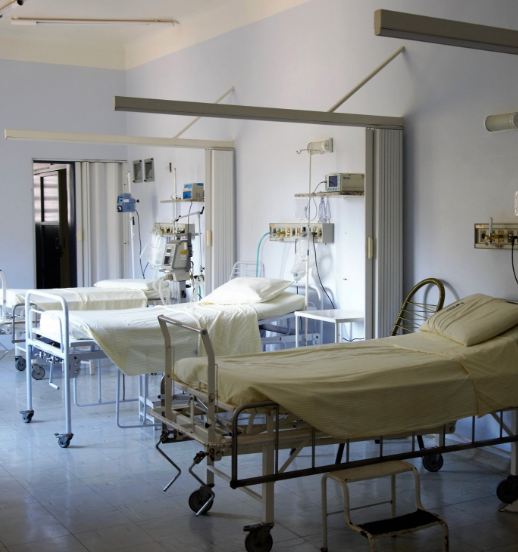Hospitals deal with emergencies on a daily basis. If a hospital were to lose service from its boiler system, they wouldn’t be able to heat the building, sterilize equipment, or perform other vital hospital functions. That’s exactly why having an N+1 redundancy on a hospital boiler is critical.
 In short, N+1 redundancy refers to a failsafe or backup plan so that if one component fails, there is an extra one waiting to take its place. As it pertains to boilers, if a particular boiler were to suddenly fail, there would be another boiler in the steam plant that could be started right away so that service wouldn’t be interrupted. In fact, if the boilers are all connected on the same network, the extra boiler should start up automatically after sensing the other boiler has gone down.
In short, N+1 redundancy refers to a failsafe or backup plan so that if one component fails, there is an extra one waiting to take its place. As it pertains to boilers, if a particular boiler were to suddenly fail, there would be another boiler in the steam plant that could be started right away so that service wouldn’t be interrupted. In fact, if the boilers are all connected on the same network, the extra boiler should start up automatically after sensing the other boiler has gone down.
The key to an N+1 redundancy boiler system is that the extra boiler is not needed to meet normal steam demands. That extra boiler should always be off or in the idle position, not in use unless called upon. If that extra boiler needs to be turned on just to keep up with demand, even in extraordinary circumstances, it no longer counts as N+1 redundancy.
It should be obvious why N+1 redundancy is so important for hospitals. Compared to other buildings, hospitals can’t function without their boiler system. If a hospital can’t heat a building, produce hot water for the kitchen and laundry room, or sterilize lab and surgical equipment, it won’t be able to care for patients. For office buildings, schools, and commercial spaces, it’s easy to close if the boiler system goes down until the problem can be fixed.
However, closing isn’t usually an option for hospitals. At least some of the patients staying there can’t be moved to other locations while the problem with the boiler is fixed. Meanwhile, their health and well-being could be threatened if the hospital lacks proper climate control, hot water, and the ability to properly sanitize medical instruments, all of which require steam from the hospital’s boiler system. Thus, if there’s no backup boiler, a hospital will be in deep trouble if one of its main boilers malfunctions.
Since it’s so critical, it’s common for hospitals to be required to maintain N+1 redundancy in their boiler room. Of course, having an extra boiler standing requires extra space in the boiler room in order to fit the plus-1 boiler. That’s part of the season why more hospitals are installing smaller, modular boilers in their steam plants, as it’s easy to keep a backup on hand and add additional boilers if steam needs increase over time so they can remain N+1 complacent.
At Miura, we always set up our boilers systems with a backup in order to maintain N+1 redundancy. We’re not used to our boilers breaking down, but it’s always better to be safe than sorry. Contact Miura today to learn more about why our boilers are perfect for hospitals.





